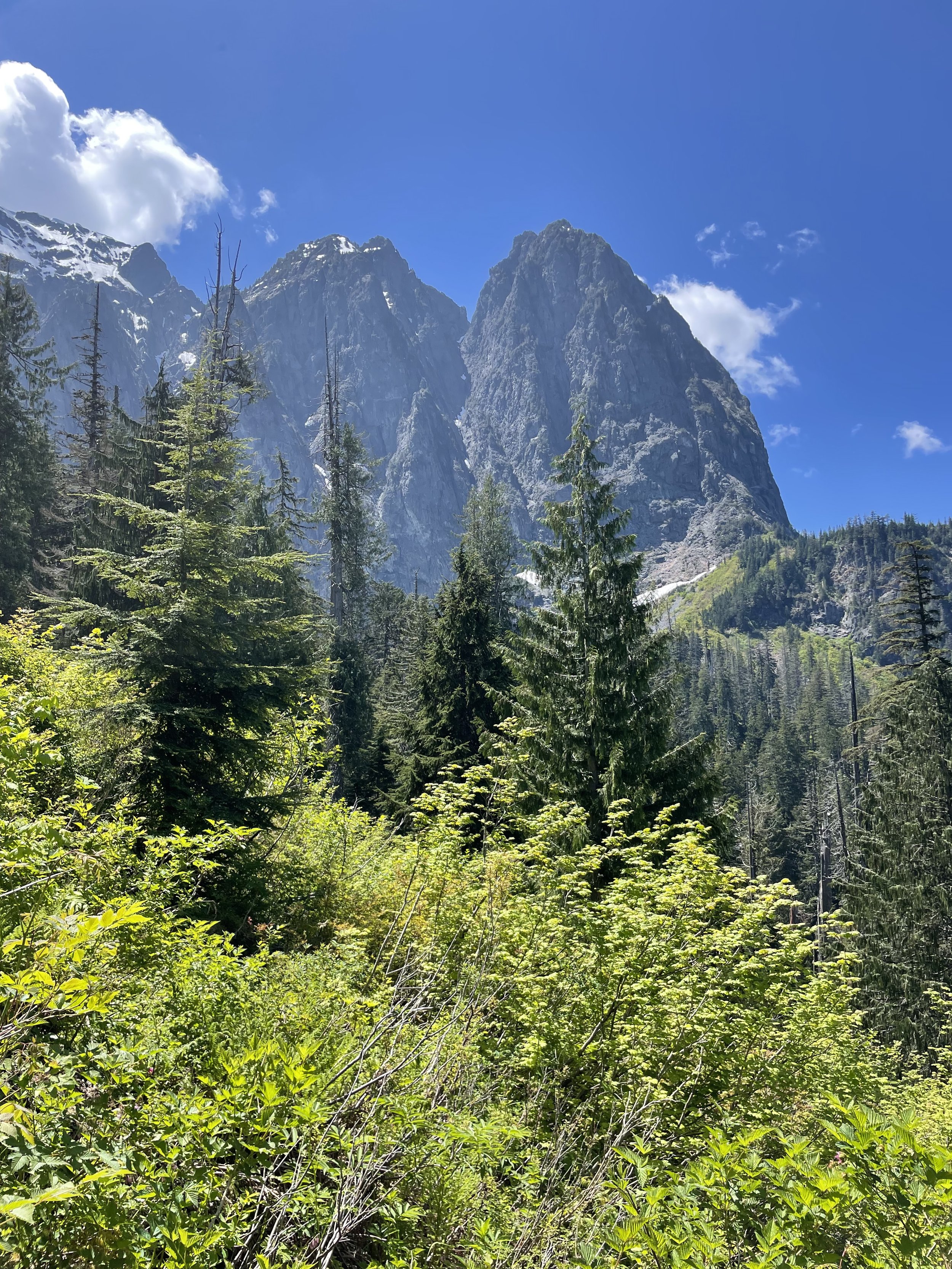
Phase 2: Land & Forestry
Does It Matters Who Digs The Hole?
Since there are many planting programs that have deep experience with planting (like US Forest Service), and many other programs already at scale, why not just stick with partnering with those programs for planting? While this was a great way to start, Carbon Tree Ranch should not be a carbon offset program where your involvement is to write a check – we want to encourage members to plant their personal forest to to deal with your own emissions. We want to be players, not fans.
How Many Trees?
A typical family of 4, with two cars, taking 4 airplane trips per year would need to plant around 300 trees per year (around 1 acre). That is a light day of planting seedlings.
Near To You
We are selecting outplanting locations that are near enough to population centers that folks can easily participate and go visit their trees anytime to check on their personal forest.
Social Capital
Digging the hole lets you participate directly in the climate change movement - it gets you thinking about your carbon output, thinking about switching to an EV, maybe installing that heat pump to lower your output - and then you can do less digging.
Finding Land
One of the goals is to plant directly - so if my family takes a flight to San Jose and we need to plant 10 trees, we go and plant 10 trees. Planting 300-500 trees a year for one family, will require some space. A timber operation might plant 200 trees per acre, For carbon sequestration, denser planting may be desirable.
We’ll need to plant 1 acre per year per family.
It is important to know where we’ll be planting. This informs the best type of tree, the forestry plan, and likely some seed harvesting from existing trees that have grown well in the area. We want to maximize the likelihood of successful growth to maturity.
There are several possibilities for securing land for direct planting:
1) Land Trusts — Excited about the possibility to partner with existing land trusts. The Washington Association of Land Trusts advises the 32 land trusts around the state. There are several in close proximity to the Seattle metro area which have planting programs. For example the Whidbey/Camano Land Trust has protected 9,100 acres of land, and has active programs. Excited about the existing communities involved in land trusts.
2) Public Lands - We are looking at urban parks and planting programs we can partner with to facilitate planting. However, these typically already have established woodlands.
3) Land Acquisition - Purchasing land is an option, there are many plots of land that we could buy, and then plant a forest. For the acreage needed, we’d need to go pretty rural which isn’t ideal for participation and tree care.
Tree Nursery
We stumbled into opportunity to lease greenhouse space at the University of Washington Center for Urban Horticulture. This would allow us to start and grow seedlings in an active greenhouse, and access to many of the forestry experts in the Pacific Northwest. This will be our tree nursery to grow seedlings into 1” diameter trees prior to being transplanted to their final land location.
We will start 500 tree seedlings in 2024, so a stock for planting is getting created and ready by 2026. We are considering several tree species native to the Pacific NW, will grow will in our climate zone (and predicted zones in 100 years), with the highest carbon sequestration potential.
Ahead of this, we need to establish our out planting location so we have the exact right species.
Coniferous trees: Efficient at capturing carbon in the short term, especially when young and fast-growing. Their rapid growth allows them to quickly absorb atmospheric carbon dioxide and convert it into biomass. Additionally, needles persist for several years, contributing to longer-term carbon storage. A few species under consideration.
Douglas Fir
A fast-growing conifer reaching heights of 200 feet.
Adapted to various climates and soil conditions.
One tree sequesters an estimated 13.9 tons of carbon by its 100th birthday.
Western Redcedar
A long-lived conifer known for its rot-resistant wood.
Can grow up to 200 feet tall and live for centuries.
Sequesters an estimated 12 tons of carbon per acre.
Sitka Spruce
A fast-growing conifer found along the Pacific coast.
Adapted to cool, wet conditions.
Sequesters an estimated 11 tons of carbon per acre.
Forestry Education and Practices
Hope to establish an advisory council to ensure the forest we’re creating can effectively capture atmospheric carbon, is protected from both man made and natural disasters - specifically fire, which would reverse most carbon held in the trees back into the atmosphere. It also will require land which we can protect as best as possible from adjacent fires, logging, or otherwise disturbing the trees through their lifecycle.
App Design
To expand the program in future years to other families, will build a prototype application. We’ll use API available data sources to build an intuitive tree planting calculator, planting and tracking tools.

